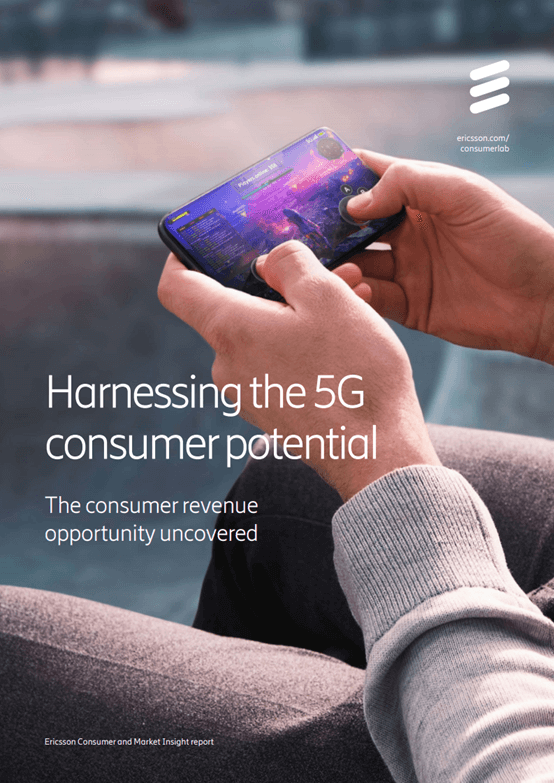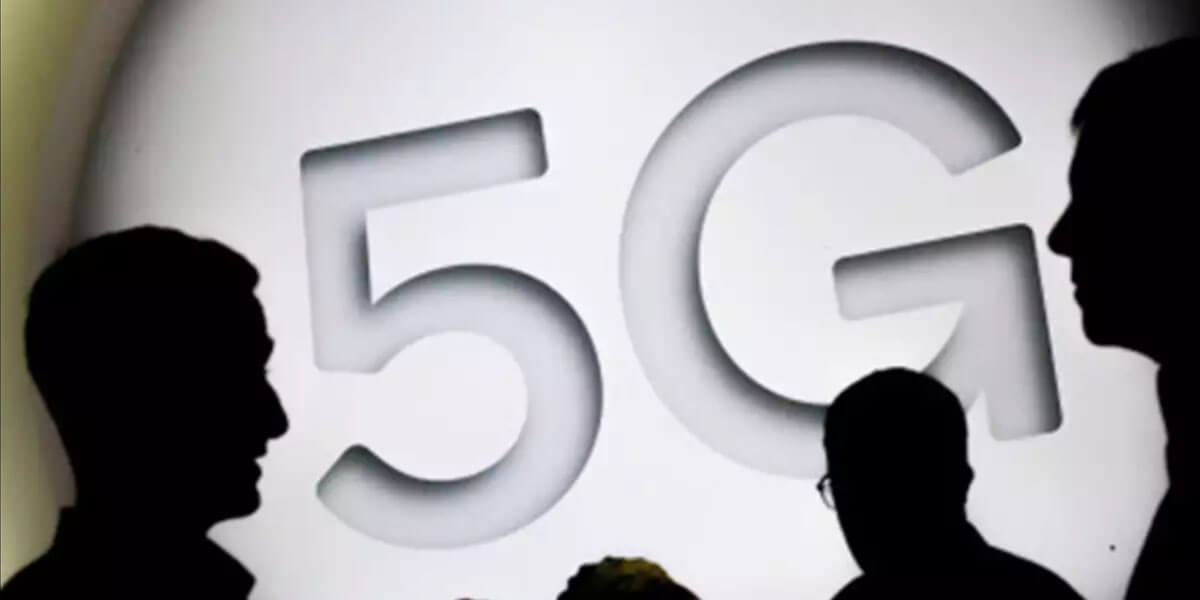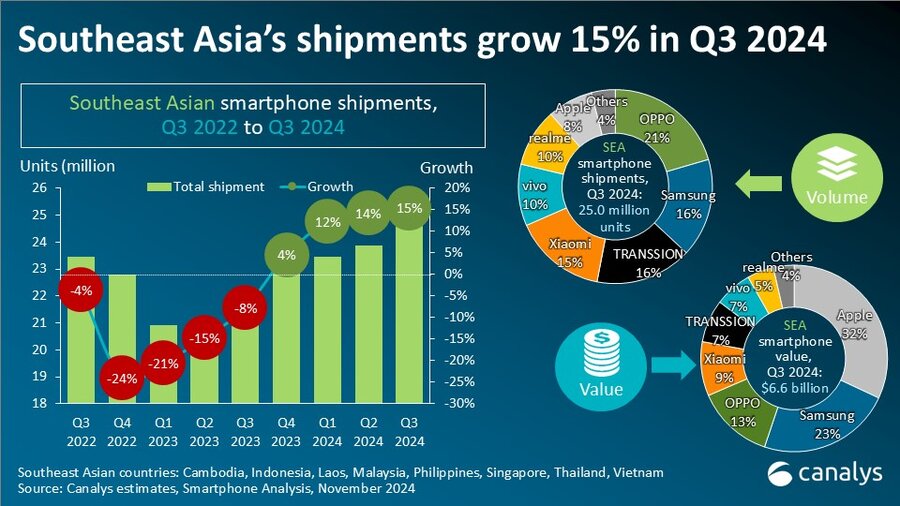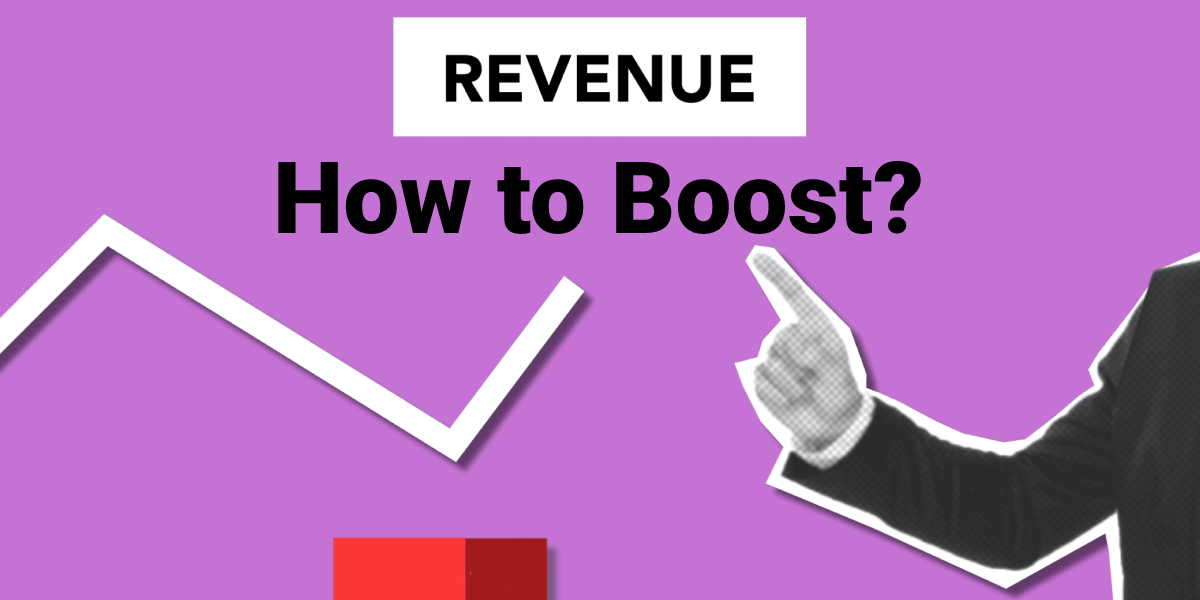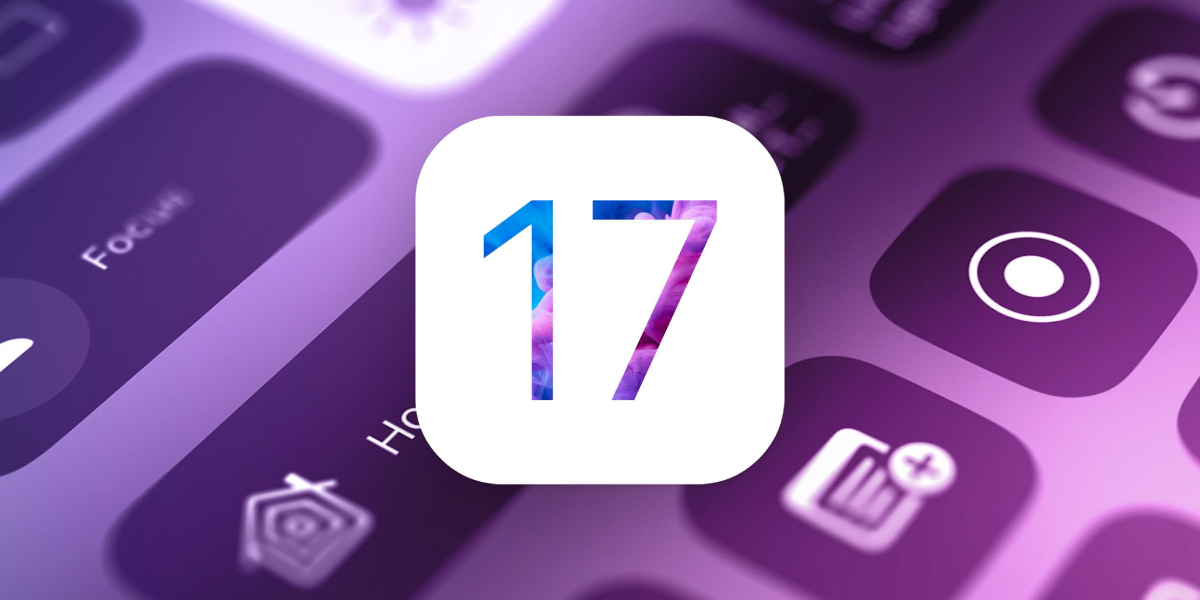By 2030, the global 5G consumer market is expected to reach US$31 trillion. The report estimates that operators’ revenue may reach 3.7 trillion U.S. dollars. And this number may increase as new digital service opportunities emerge.
The report also estimates that by 2030, by actively bundling and marketing 5G use cases, operators can earn up to $131 billion in revenue from digital services alone. About 40% of the revenue comes from consumer spending on enhanced video, augmented reality, virtual reality, and cloud games based on 5G networks.
The report predicts that by 2030, consumer spending on augmented reality technology will account for more than half of total immersive media spending. Starting from games and extending to other areas such as shopping, education, and productivity.
This report’s main findings also include the impact of COVID-19, highlighting how the epidemic affects consumers’ willingness to pay a premium for 5G subscriptions. In early 2019, ordinary consumers are willing to pay a premium of up to 20% for 5G. Towards the end of the year, this number has dropped to 10%. However, one-third of early users worldwide are still willing to pay a 20% premium. The report said that 5G’s early adoption rate might help promote economic recovery.
The report also predicts that by actively promoting 5G technology, operators’ average revenue per user (ARPU) for 5G will increase by 34% by 2030. This may cause consumer income to grow at a compound annual growth rate (CAGR) of 2.7%, compared to the passive increase in revenue over the past ten years at only 0.03%.
